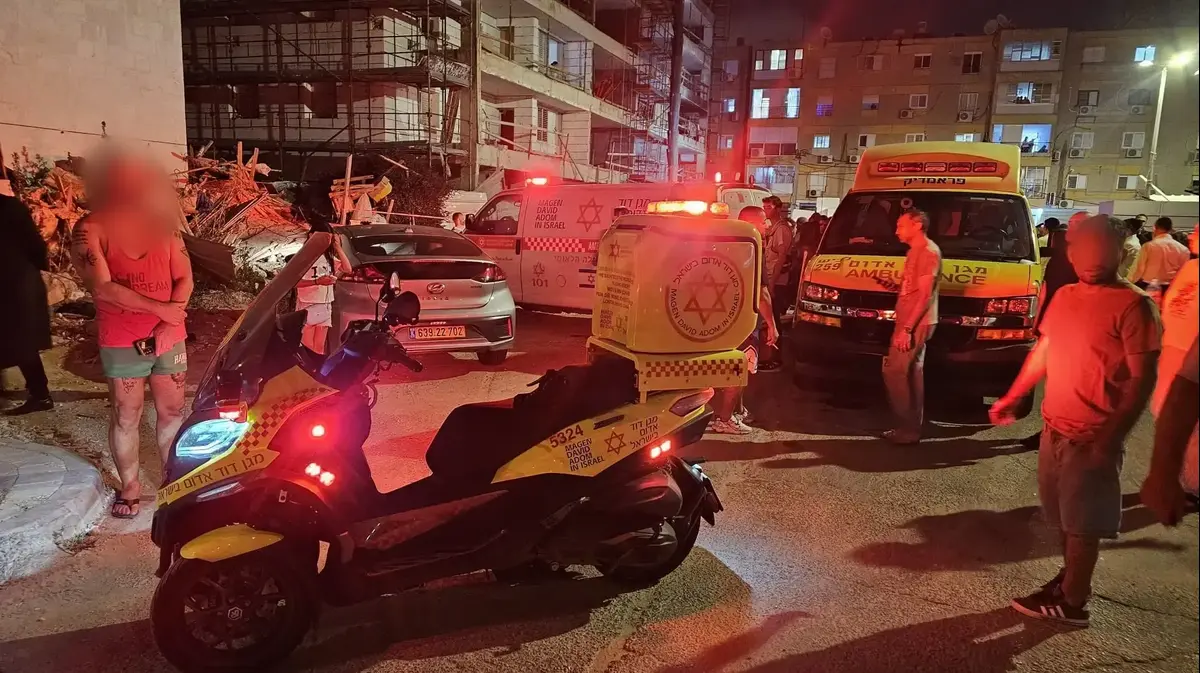An overload possibly caused by crowding on a terrace has been identified as a working hypothesis for the tragic collapse of the Medusa Beach Club in Playa de Palma, Mallorca. This sudden disaster led to the deaths of at least four people and injuries to over 27 others, with several victims in serious condition.
Eder Garcia, the head of the Palma de Mallorca fire brigade, detailed that the collapse resulted from excessive weight, causing the terrace on the first floor to fall about four meters. The structure’s failure led to further collapsing parts of the building, including the attic and basement, where the restaurant was situated. As of now, the collapse has resulted in the death of two German women, aged 20 and 30, a 23-year-old Spanish waitress, and a 44-year-old Senegalese man.
Local authorities have confirmed that most victims, including the severely injured, were found in the basement. Reports have identified several Dutch nationals among the injured. Eleven people remain hospitalized, including three with minor injuries and eight with more severe injuries, ages ranging from 25 to 35. Fortunately, there are no Italians among the affected.
Prime Minister Pedro Sanchez has expressed deep sorrow over the incident and offered the full support of the Spanish government, ensuring the provision of all necessary resources and personnel to aid the rescue and recovery efforts. He extended his heartfelt condolences to the families of the victims and acknowledged the efforts of the emergency services.
The Medusa Beach Club, a popular gathering spot for tourists, collapsed late in the afternoon, causing a significant response from emergency services. Over a dozen ambulances and various emergency units were dispatched to the scene. The area has been cordoned off to facilitate rescue operations as teams continue to search for possible buried victims.
This tragic event occurred during the busy tourist season. Playa de Palma, known for attracting large numbers of German and British tourists, has been bustling since the season began at the end of April. Eyewitnesses reported that the building, a two-story structure, was loaded with patrons when the top floor suddenly gave way, leading to the collapse of the floor below it as well. Immediate emergency responses were mobilized, highlighting the significant impact of the incident on the tourist-heavy region.
Alberto Nunez Feijoo, the leader of the Popular Party, expressed his concern and condolences on X, stressing the need for unity and support for the emergency services. Other local officials, including the mayor of Palma, Jaime Martínez, and the first deputy mayor, Javier Bonet, visited the site to assess the situation firsthand.
Efforts to retrieve those trapped under the rubble are ongoing. At present, the exact causes remain under investigation, but preliminary reports suggest a combination of the building’s age and overcrowding may have contributed to the catastrophic failure. The Balearic Islands, a major tourist hub, are renowned for their beautiful beaches and attractions, making this event particularly devastating amid the influx of international visitors.
- The impact of the collapse has drawn attention to the structural integrity and safety measures of buildings, especially in tourist-heavy zones. Regular inspections and adherence to safety regulations are critical to prevent such tragedies.
- Local businesses and residents have also been affected, with neighboring areas experiencing disruptions due to the cordoning off of the incident site. The emotional toll on the community, particularly those working or living near the Medusa Beach Club, is significant as they come to terms with the loss and injuries of neighbors and loved ones.
- The tourism sector in Mallorca is now faced with addressing safety concerns while continuing to attract and ensure the welfare of visitors. This balance is crucial for maintaining the island’s reputation and economic stability.
- Authorities are likely to ramp up safety inspections across the island to prevent similar incidents, signaling a broader move towards enhanced structural safety and crowd management strategies.




